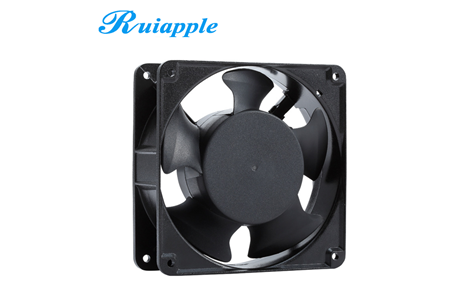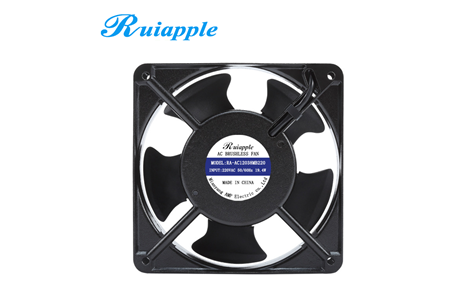DC vs. PWM Fans: Which Is Better to Cool Your PC?
- Home>>News>>Company NewsDC vs. PWM Fans: Which Is Better to Cool Your PC?
DC vs. PWM Fans: Which Is Better to Cool Your PC?
DC and PWM fans are two of the most popular types of fans used in computers. Here, we'll look at how they differ and which one's best for you.

Computers generate a lot of heat, but excessive heat can cause damage to the internal components of your PC. Fans are a vital part of your PC that helps minimize this heat and keep your computer running stable
.
If you've ever built a PC, you might've come across the terms DC and PWM - the two primary types of fans in a computer. So, what are they? Here, we'll look at the differences and determine which fan is better for your needs.
What are DC and PWM Fans?
Direct Current (DC) and Pulse Width Modulation (PWM) fans are the two main types found in computers. These fans differ in crucial ways that change how you use them in a computer.
What's a DC Fan?
A DC fan is a traditional computer fan. They run on a fixed voltage from a DC power supply or via the motherboard and provide consistent cooling to your computer.
DC fans have 3-pin connectors: A power supply pin, a ground pin, and a signal pin. The signal pin collects information about how fast the fan is spinning (called tachometer output) and alerts if the fan stops working.
The most common voltage for DC fans is 12V, though they also come in 5V, 24V, and 48V. The higher the voltage, the quicker the fan speed, and the greater the cooling. This means that you can lower the fan speed by reducing the voltage, though most fans will stall below a certain speed.
Some DC fans now come with a voltage controller built-in, though it's also possible to alter the voltage or with a third-party fan controller.
- Max air flow fans
- Machine cooling fan
- Bitcoin digger fan
- Telecome fan
- Stage lamp fan
- Power cooling fan
- Laser module fan
- Min air flow fans
- 3D printer fan
- Amplifier fan
- Computer fan
- Inverter fan
- Charging pile fan
- Car LED lamp fan
Contact
Black@ruiapple.com
TEL:+86 13189756968
FAX:+86 755 88852020
Shenzhen Office: 508#,Tianhe biulding, Baoan Road,Shenzhen,China Factory add: 471#, West Wenwu Road, Economic and Technological Zone, Mianyang City, Sichuan Province, China
Copyright © 2019 SHENZHEN RUIAPPLE ELECTRONICS CO.,LTD Official Record No:蜀ICP备2024086499号-2
Support:RUIAPPLE










